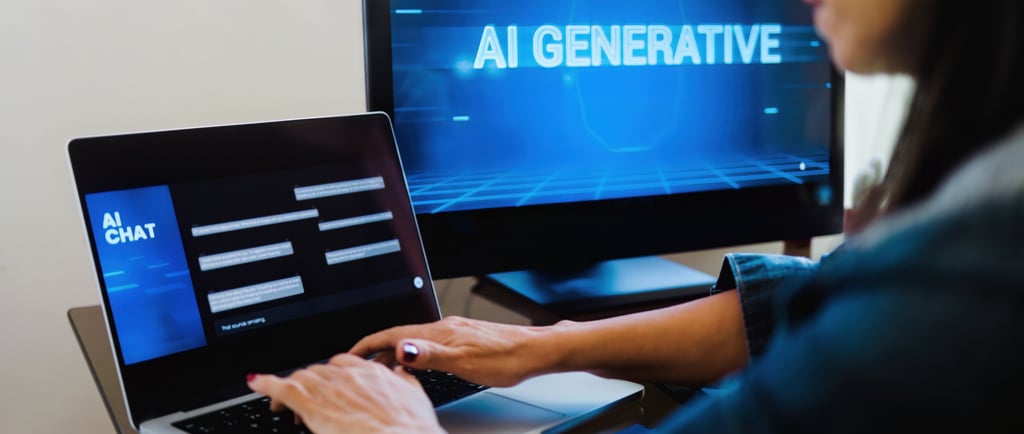ChatGPT Explorer: Your First Conversation Blueprint
Starting your journey with ChatGPT can feel like learning a new language. While the interface seems simple—just type and get responses—the difference between basic interactions and truly productive conversations often comes down to how you structure your requests. This beginner's guide will help you master the fundamentals of effective ChatGPT conversations, saving you time and frustration while maximizing results. Many new users approach ChatGPT with vague requests or unrealistic expectations, leading to disappointing outcomes. By understanding the basic blueprint for productive AI conversations, you can avoid common pitfalls and start getting valuable results from your very first interactions.
ai-bsm.com
5/27/20254 min read


Starting your journey with ChatGPT can feel like learning a new language. While the interface seems simple—just type and get responses—the difference between basic interactions and truly productive conversations often comes down to how you structure your requests. This beginner's guide will help you master the fundamentals of effective ChatGPT conversations, saving you time and frustration while maximizing results.
Many new users approach ChatGPT with vague requests or unrealistic expectations, leading to disappointing outcomes. By understanding the basic blueprint for productive AI conversations, you can avoid common pitfalls and start getting valuable results from your very first interactions.
The Four-Part Conversation Blueprint
Effective ChatGPT conversations typically follow a simple structure that you can adapt to virtually any task:
1. Set the Context
Begin by providing relevant background information that ChatGPT needs to understand your situation. Without context, the AI can only make general assumptions.
Context-Setting Examples WEAK: "Help me write an email." STRONG: "I'm a marketing manager needing to write an email to customers who haven't made a purchase in 6 months. Our goal is to bring them back with a special offer." WEAK: "Tell me about project management." STRONG: "I'm a beginner who's been asked to manage a small website redesign project with a team of three people and a two-month timeline."
The more specific context you provide, the more tailored and useful the response will be.
2. Clearly State Your Request
After setting context, explicitly state what you want ChatGPT to do. Be specific about the format, length, and style you're looking for.
Request Formulation Examples WEAK: "Give me some ideas." STRONG: "Please suggest 3-5 specific strategies for reducing our customer acquisition costs, with a brief explanation of each." WEAK: "Help with my presentation." STRONG: "Help me create an outline for a 10-minute presentation on our quarterly results, focusing on the three key achievements and one area for improvement."
Clear requests lead to focused responses that require fewer follow-up clarifications.
3. Provide Necessary Details
Include any specific information, preferences, or constraints that will help ChatGPT deliver what you need.
Detail Inclusion Examples WEAK: "Write a product description." STRONG: "Write a product description for our new ergonomic office chair. Key features include: adjustable lumbar support, breathable mesh back, 5-year warranty, and eco-friendly materials. Our brand voice is professional but warm, and our target audience is small business owners who work long hours."
These details help ChatGPT tailor its response to your exact needs rather than providing generic content.
4. Refine Through Follow-up
Few conversations are perfect on the first try. Use follow-up messages to refine and improve the results.
Effective Follow-up Examples "That's helpful, but could you make the language more conversational?" "Great start. Now please revise it to be about half as long while keeping the key points." "Could you provide a specific example of how this would work in a retail environment?"
Think of your ChatGPT conversation as an iterative process rather than a one-and-done interaction.
Common Pitfalls to Avoid
Even with this blueprint, new users often encounter these common challenges:
Pitfall 1: Vague or Overly Broad Requests
Asking "Give me marketing ideas" will yield generic suggestions. Instead, try "Suggest five social media marketing tactics for a small local bakery with limited time and budget, focusing on Instagram and Facebook."
Pitfall 2: Providing Too Little Information
ChatGPT can't read your mind or access information you haven't shared. If the response seems off-base, you probably need to provide more context or details.
Pitfall 3: Expecting Perfect Results Immediately
The most effective ChatGPT users view their interactions as collaborative, using follow-up questions to guide the AI toward better responses rather than giving up after one attempt.
Pitfall 4: Forgetting That ChatGPT Has Limitations
Remember that ChatGPT may not have information about very recent events, can't access your personal files (unless explicitly uploaded in the conversation), and doesn't browse the internet in real-time unless using browsing features.
Putting It All Together: A Sample First Conversation
Here's how a complete conversation might look using this blueprint:
User: I'm preparing for a job interview next week for a marketing coordinator position at a tech startup. I have 2 years of experience in digital marketing but I'm nervous about questions regarding my leadership abilities since I haven't had formal management roles. Could you help me prepare 3-4 strong responses to potential leadership questions that focus on project coordination and informal leadership experiences?
ChatGPT: [Provides responses]
User: These are helpful, but could you make them more specific by incorporating an example about how I led a social media campaign that increased engagement by 40%?
ChatGPT: [Refines responses]
This conversation follows our blueprint: it sets context (job interview, experience level), makes a clear request (3-4 responses to leadership questions), provides important details (lack of formal management experience), and uses follow-up to refine the results.
Start Your ChatGPT Journey Today
By following this simple conversation blueprint, you'll avoid the frustration many beginners face and start getting valuable results from ChatGPT right away. Remember that effective AI interaction is a skill that improves with practice—each conversation will help you better understand how to communicate your needs and get the most helpful responses.
Need personalized guidance on leveraging ChatGPT for your specific business challenges? Contact AI Business Success Mentoring today. Our experts can help you develop custom conversation strategies tailored to your industry and use cases. Visit ai-bsm.com to schedule your consultation and accelerate your AI journey with professional support.
Let's Talk
Pages
© 2024. All rights reserved.
Your Trusted AI Partner.
Important Links
Get in Touch
